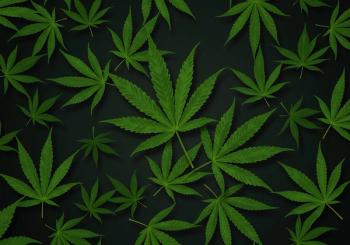
The company intends to divest 20 dispensaries and four cultivation facilities as part of strategic withdrawal and efforts to redirected growth.

The company intends to divest 20 dispensaries and four cultivation facilities as part of strategic withdrawal and efforts to redirected growth.

A new scholarship aimed at empowering both current and aspiring cannabis industry professionals has been set up by DaySavers.

Here, we bring you our top five recent articles covering veterans and medical cannabis, cannabis legalized by the Omaha tribe, low THC extracts for Rett syndrome, ICE raids at a cannabis farm, and our newest Noid Factoid.
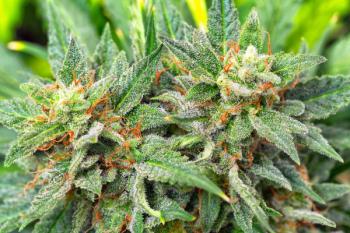
Aurora Cannabis Inc. announced recently that the company received their first EU-GMP certification for their dedicated distribution center.
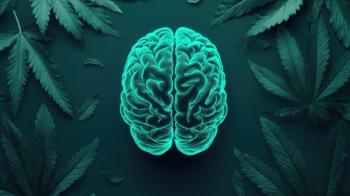
The results from the in vivo animal study also suggest sex-specific responses to cannabinol (CBN).

The New Jersey Cannabis Regulatory Commission recently approved four on-site cannabis consumption areas, the first locations for the state.

In this interview clip from our Higher Education: Research Initiatives That Deepen Our Understanding of Cannabis supplement, Carrie Cuttler, PhD explains the new interest in minor cannabinoids, terpenes, and societal impacts of cannabis legalization.
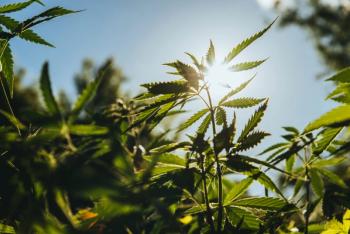
The Omaha Tribe of Nebraska made history by becoming the first fully legal and regulated cannabis system in the state for both recreational and medical cannabis.

In this interview clip from our Higher Education: Research Initiatives That Deepen Our Understanding of Cannabis supplement, Carrie Cuttler, PhD explains the administrative hurdles, strict regulations, and other barriers to cannabis research.
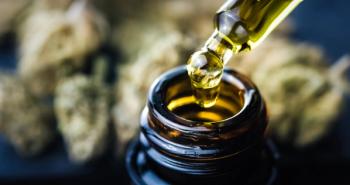
According to a recent study, low THC cannabis extracts could be a potential tool for children diagnosed with Rett Syndrome.

In this interview clip from our Higher Education: Research Initiatives That Deepen Our Understanding of Cannabis supplement, Carrie Cuttler, PhD, describes results from a recent placebo-controlled FDA-approved clinical trial on THC’s impact on memory.
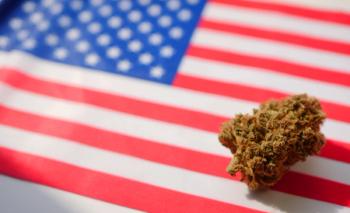
The “Big, Beautiful Bill” signed recently into law by President Donald Trump, includes an amendment that may end the medical cannabis ban in the VA which has prevented doctors from recommending the plant to their patients.

Listen to Noid Factoid from Anna Schwabe, PhD, Chief Operating Officer, Cannagen.
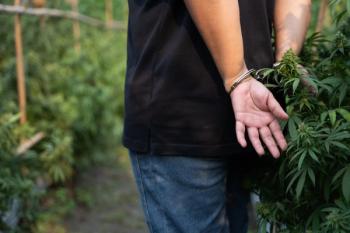
ICE federal agents raided cannabis nurseries in Southern California, sparking protests from migrant-rights activists.

Here, we bring you our top five recent articles covering revoking medical cannabis cards in Florida, testing and sampling initiative in Missouri, our mid-year regulations roundup, depenalization ordinance stopped in Texas, and accuracy in THC labeling in flower versus concentrates.

Dallas, Texas officials have prevented a voter-approved cannabis depenalization ordinance which would limit local police from being able to arrest individuals for low-level cannabis possession.

In this interview clip from our Higher Education: Research Initiatives That Deepen Our Understanding of Cannabis supplement, Carrie Cuttler, PhD, explains the goals and projects of the Center for Cannabis Policy Research and Outreach at Washington State University.
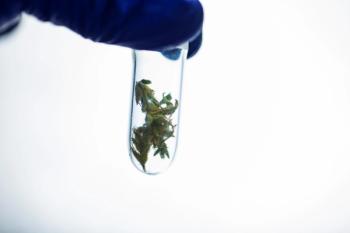
Data from a recent study discovered that THC labeling was more accurate in concentrate products than with cannabis flower.
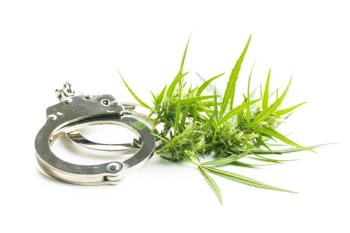
Florida Governor Ron DeSantis recently signed SB 2514 into law which will now allow the state to revoke medical cannabis cards for individuals who have been convicted of drug-related crimes.
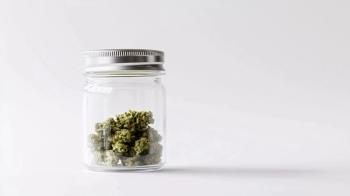
The statewide initiative, launched July 1, aims to improve cannabis product safety, labeling accuracy, and testing consistency.
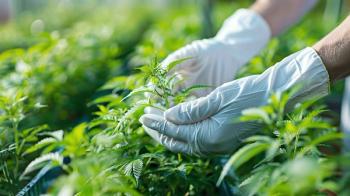
New contract includes retroactive wage increases and employer-paid benefits through the union’s Health & Welfare Fund.
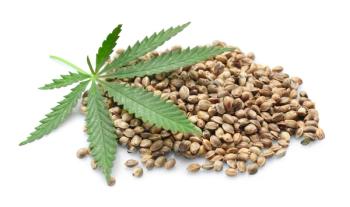
Blue Sky Hemp Venture sold its hemp food division to Fresh Hemp Foods to focus on cannabis and contract manufacturing.
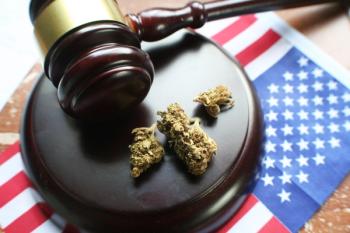
As we hit mid-way in 2025, let’s take a look back at some of the trending cannabis and hemp regulations that took place in the US.

Here, we bring you our top five recent articles covering cannabis on state-tribal cannabis regulations in Montana, our podcast discussion on cannabis cultivation, our blog on compliance with federal regulations, public commentary on new standards, and hemp packaging enforcement in Florida.

Daniela Vergara, PhD, discusses her work with on the production of photo periods and the importance of data sharing.

We’re halfway through 2025, so let’s revisit the top five articles this year covering research, regulations, and other industry insights.
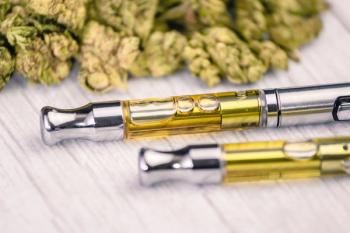
The results highlight gender disparities, uncertainty about vape contents, and the growing use of synthetic products.

Expanding the organizations’ accredited safety and quality certification program, CSQ is adding new standards for cannabis retail, warehousing, and distribution.

Daniela Vergara, PhD, explains her work with the Cornell Cooperative Extension.
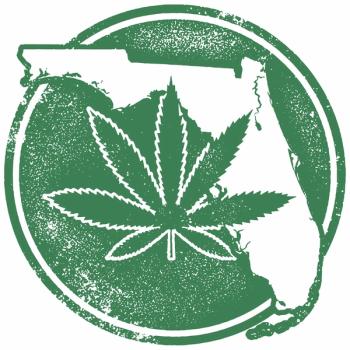
“Operation Safe Summer” removed nearly 11,000 noncompliant hemp packages in first week of enforcement, citing violations of child-protection standards.